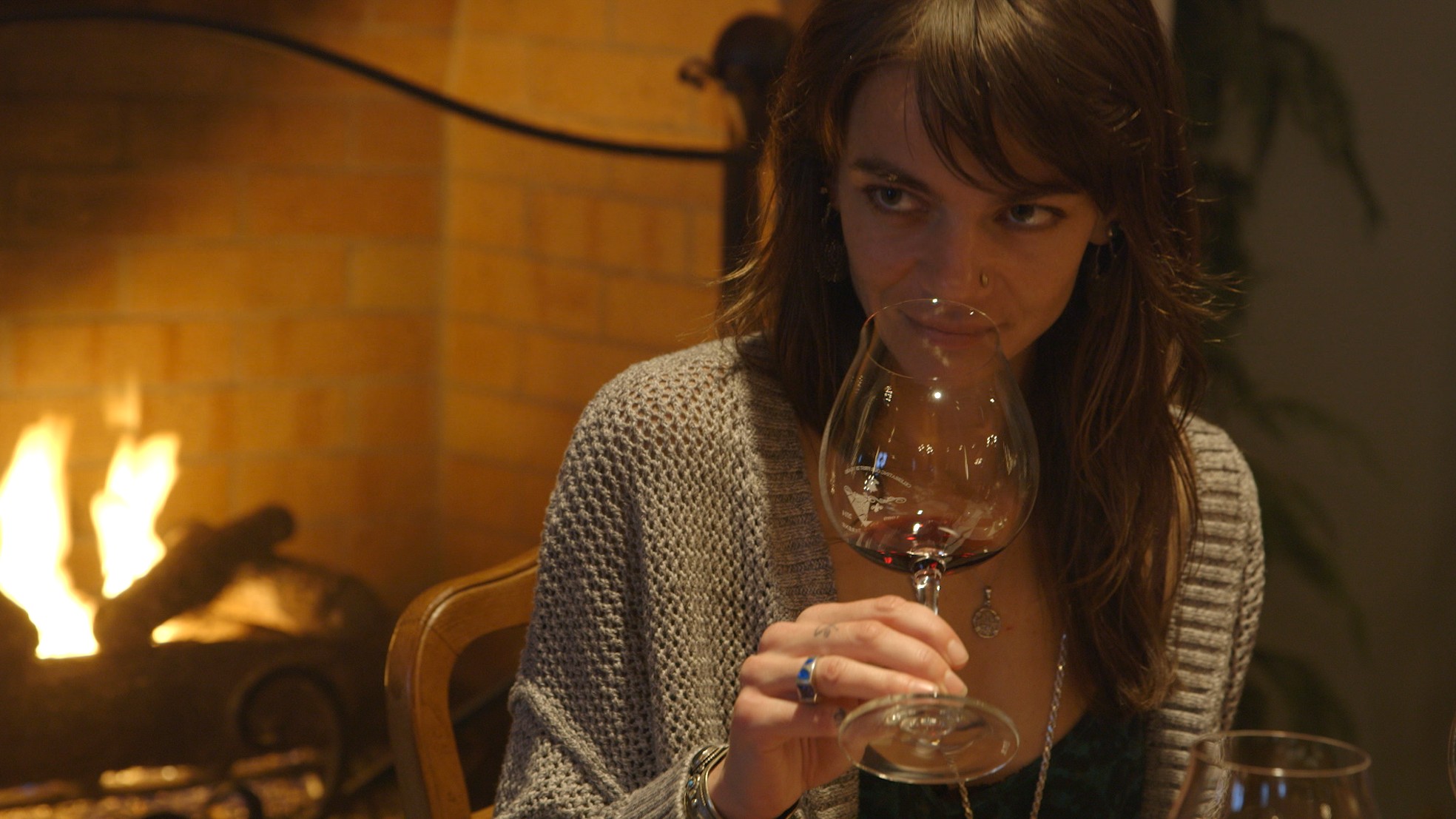Many of the first wines ever made were rosé, but not the rosé of the Hamptons, brunch, and frosé. For the most part, they were watered-down field blends of both white and red grapes.Diluted wine was the thing to drink in ancient Greece, as it was believed that only barbarians consumed pure wine, which would then make them drunkards who would then go on to rape and murder. In fact, in Greek mythology there's a famous legend, The Battle of Lapiths with the Centaurs, that may well have started this thought process. The tale goes that at a wedding feast of the Lapith tribe, centaurs (because of course there were centaurs there) drank a bunch of un-diluted pink wine, thus awakening their savage nature. When the bride was presented to the guests, a centaur jumped to rape her. This provoked the other centaurs, who then started mounting other women and men, making for what by all accounts was a pretty nasty battle. Obviously, blame it on the rosé.
WATCH NOW: Pinot Pioneers
Meanwhile, in France during the Middle Ages, Champagne producers were struggling to figure out a way to create white wines from red grapes like pinot noir. In the pre-Dom Pérignon era, the closest they could come was a pale pink.This pale-pink rosé picked up the nickname, Oeil de Perdrix, or "eye of the partridge," referring to what dying partridge's blood-filled eyes look like. Delicious. But the name stuck around in the hunting-friendly region. Although few producers in Champagne still use this on labels today, the Swiss still call some still rosés made from Pinot Noir that. In Italy, it's occhio di pernice and is used for rosato versions of Vin Santo.In what's now the southern Austrian state of Styria, the Celts became fascinated with native grapes they nicknamed Rabiatperle, or "rabid pearls." The grapes were most likely fermenting on the vine, and thus alcohol-containing, which led to unexpected and wild inebriation. The Celts crafted these pearls into a cult rosé, which was said to make people aggressive, raise blood pressure, and eventually lead to gout. Also a rousing endorsement.
Advertisement
On top of these barbaric tendencies associated with undiluted wine, it was also potentially a one-way ticket to nowhere good. The Spartan King Cleomenes drank undiluted wine and, driven to insanity, eventually committed suicide in his prison cell. Brennus, leader of the Gallic tribe the Senones, used full-strength wine as a tool in his own suicide after being defeated in battle. According to Pausanias, the famous Greek travel writer of the time, "Brennus' wounds left him no hope; they say out of fear of his countrymen and even more out of shame as the cause of all their sufferings in Greece, he died deliberately by drinking unmixed wine…"Obviously, blame it on the rosé.
Over time, as vinification improved and legends faded into legend, it no longer became commonplace to water wine down. Red and white grapes were separated and rosé emerged as its own category.This pale-pink rosé picked up the nickname, Oeil de Perdrix, or " eye of the partridge," referring to what dying partridge's blood-filled eyes look like.
WATCH NOW: Pinot Pioneers

Meanwhile, in France during the Middle Ages, Champagne producers were struggling to figure out a way to create white wines from red grapes like pinot noir. In the pre-Dom Pérignon era, the closest they could come was a pale pink.This pale-pink rosé picked up the nickname, Oeil de Perdrix, or "eye of the partridge," referring to what dying partridge's blood-filled eyes look like. Delicious. But the name stuck around in the hunting-friendly region. Although few producers in Champagne still use this on labels today, the Swiss still call some still rosés made from Pinot Noir that. In Italy, it's occhio di pernice and is used for rosato versions of Vin Santo.In what's now the southern Austrian state of Styria, the Celts became fascinated with native grapes they nicknamed Rabiatperle, or "rabid pearls." The grapes were most likely fermenting on the vine, and thus alcohol-containing, which led to unexpected and wild inebriation. The Celts crafted these pearls into a cult rosé, which was said to make people aggressive, raise blood pressure, and eventually lead to gout. Also a rousing endorsement.
In 1580, a wine book by Johannes Rasch first recorded this ancient grape variety as Blauer Wildbacher and the resulting wine was termed Schilcher. The name originated from the Middle High German world schillern, meaning to "radiate with color," and they do, ranging from an orangish-onion tinge to dark ruby. That said, they're not just a pretty face. The contemporary Styrian writer Reinhard Gruber also adds that "in view of the high acid content, the joking term "shit spreader" is also common." Duly noted.So sure, you might complain about how rosé's been ruined, and those girls next to you at brunch are responsible. But look on the bright side: they could've been marauding centaurs, or aggressive Celts.